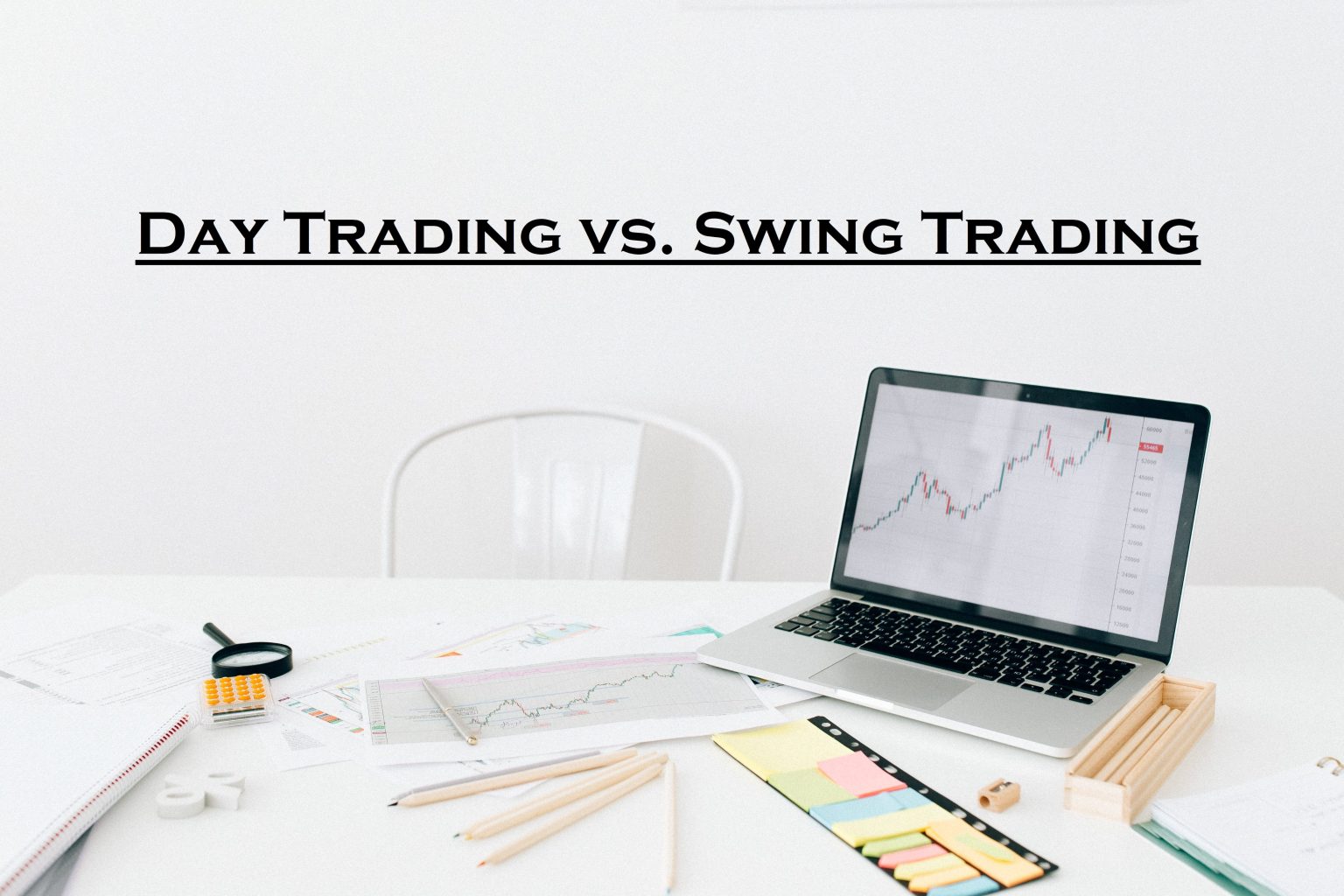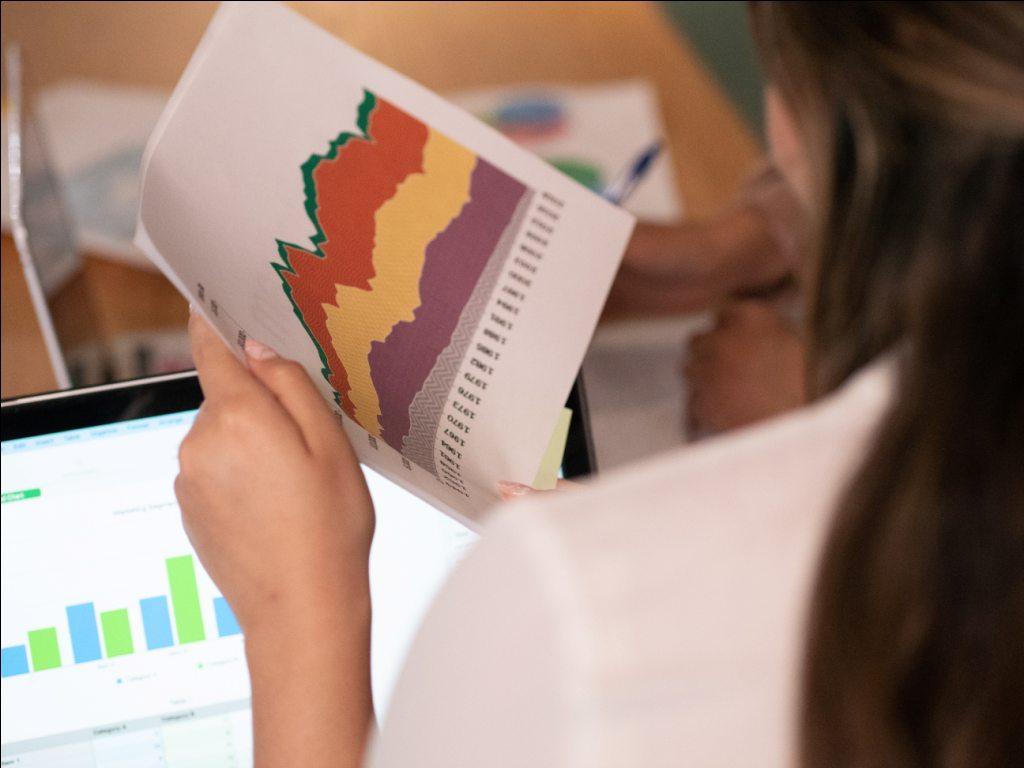
Introduction
Two common tactics in the financial markets are day trading and swing trading. While traders can profit from market movements using both strategies, there are key differences between them in terms of trading style, time horizon, risk management, and necessary level of engagement. If you want to get involved in the world of active trading, you must choose between day trading and swing trading. We’ll go over the main distinctions between these two approaches in this post and assist you in choosing the one that most closely matches your personality and trading objectives.
Day Trading:
Traders that use the day trading method buy and sell financial instruments on the same trading day. Profiting on small price fluctuations is the main objective of day traders, who frequently make several trades in a single day. Since they offer frequent and quick price changes that can be manipulated for profit, highly liquid assets like stocks, currencies, and commodities are often the focus of day traders.
Day traders find entry and exit points for their trades using a variety of charts, indicators, and technical analysis tools. Their quick-moving, high-frequency trading is based on volatility and short-term price trends. Day trading may be quite emotionally and mentally challenging and requires continuous market monitoring.
Key Characteristics of Day Trading:
- Short Time Horizon: Trading periods for day traders usually range from a few minutes to several hours. Their target is to make money on day-to-day changes in prices.
- High Activity: Throughout the day, day traders execute numerous trades; on a regular basis, they may complete many transactions in a single session.
- Technical Analysis: The main instruments utilized by day traders to make trading decisions are charts, price patterns, and technical indicators.
- Emotional Discipline: To avoid making snap judgments motivated by greed or fear, successful day traders need to develop emotional discipline.
- Risk Management: To reduce possible losses, day traders must practice risk management. Stop-loss orders are a popular tool for capital preservation.
- Quick Decision: Making: Due to the quickly changes in market conditions, day traders frequently have to make decisions in just a couple of minutes.
Swing Trading:
Swing trading is a type of trading when positions are held for a longer period of time than in day trading. Profiting on price swings or trends that can endure for a few days to a few weeks is the goal of swing traders. Swing traders can trade part-time and are not required to continuously watch the markets like day traders are. To find possible entry and exit points, they combine technical and fundamental analysis.
Those who are unable to dedicate themselves to a full-time trading schedule can benefit from swing trading, which is less demanding than day trading. It allows traders to profit from intermediate price swings without the ongoing stress of intraday trading by providing a halfway ground between long-term investing and short-term day trading.
Key Characteristics of Swing Trading:
- Medium Time Horizon: To profit from intermediate price changes, swing traders usually hold their positions for a few days to a few weeks.
- Moderate Activity: Because swing traders execute lesser trades than day traders, they can trade with more convenience.
- Technical and Fundamental Analysis: When making trading decisions, swing traders combine the use of technical indicators with fundamental analysis.
- Emotional Control: Although emotional control is always essential, swing traders have more time to consider their options and are able to resist rash conclusions.
- Risk management: Using stop-loss and take-profit orders to control risk is a crucial component of swing trading.
- Decreased Stress: Those who lead a less intense trading lifestyle may find swing trading to be more stress-free than day trading.
Comparing Day Trading and Swing Trading
After defining day trading and swing trading, let’s examine these two approaches on a number of different levels to help you decide which one suits your nature and trading objectives the best.
- Time Horizon:
Day Trading: Day traders seek to profit from intraday market swings and have a very short time horizon. By the end of the trading day, they close all of their positions.
Swing Trading: Usually maintaining positions for a few days to weeks, swing traders have a medium time horizon.
Activity Level:
Day Trading: Throughout the trading day, day traders execute a large number of trades. They are very busy traders.
Swing Trading: Those with other obligations or a part-time trading schedule can benefit from swing traders’ lower activity and fewer trades.
Fundamental vs. Technical Analysis:
Day Trading: The main strategy used by day traders to make trading decisions is technical analysis, which includes the use of charts, indicators, and price patterns.
Swing Trading: Swing traders frequently employ a combination of technical and fundamental analysis, taking into account both market conditions and company fundamentals.
- Control Your Emotions:
Day Trading: Because of the intraday volatility, day traders must have great emotional self-control to respond quickly and resist from impulsive behavior.
Swing trading: This strategy decreases the need to move quickly while still requiring emotional discipline because it gives traders more time to consider their options and make judgments.
- Managing Risks:
Day Trading: To reduce possible losses, stop-loss orders are frequently utilized, and risk management is essential.
Swing Trading: Stop-loss and take-profit orders are used to manage risk over a bit of a longer time frame. Risk management is equally important in swing trading.
- Stress Level
Day Trading: Because day trading is a fast-paced approach that requires regular market monitoring, it may be very stressful.
Swing Trading: Suitable for individuals who are unable to dedicate themselves to full-time trading, swing trading is less stressful.
Which Approach Suits You:
Which option you choose between swing and day trading should be based on your own preferences, financial objectives, risk tolerance, and free time. When choosing a trading strategy that best suits your personality and goals, take into account the following factors:
- Type of Personality:
Day trading can be a good fit for you if you can make snap choices without letting your emotions get in the way and you work well under pressure. However, swing trading can be a better option if you have a more laid-back style of trading and can stay disciplined for a longer period of time.
- Time Availability:
Think about your everyday routine and the amount of time you can actually commit to trading. Swing trading allows you to take a more flexible approach that can work around other obligations, whereas day trading demands your complete concentration during trading hours.
- Risk Tolerance:
Evaluate your financial objectives and risk tolerance. Although day trading has a higher risk because of the possibility of sudden losses, it also presents a chance for rapid gains. A different kind of risks are involved in swing trading, which is usually connected to holding positions for a longer period of time.
- Trading Capital:
Your decision may also be influenced by the quantity of trading capital you have available. Because day trading necessitates high-frequency trading, it frequently requires larger funds, whereas swing trading can be done with a smaller account.
Learning Curve:
A strong grasp of the markets, risk management, and technical and/or fundamental analysis are essential for both swing and day trading. Think about how much time you are ready to commit to learning and improving your trading abilities.
- Emotional Discipline:
Consider your ability to control your emotions in high-pressure trading scenarios. Swing trading allows for more thoughtful decision-making, but day trading can be emotionally taxing.
- Goals:
Establish your financial objectives. Are you comfortable taking a longer-term approach that could eventually result in more significant rewards, or are you aiming for rapid, short-term profits?
Conclusion
Day trading and swing trading are two different approaches, each with pros and cons. Based on your own preferences, risk tolerance, availability of time, and financial objectives, you should choose between the two. Before investing real money in either method, it is imperative that you properly educate yourself and maybe practice using a demo account.
Recall that ongoing education, flexibility, and the capacity to handle both gains and losses are necessary for effective trading. In the fast-paced and difficult world of active trading, persistence and self-control are essential for long-term success, regardless of the approach you take.








